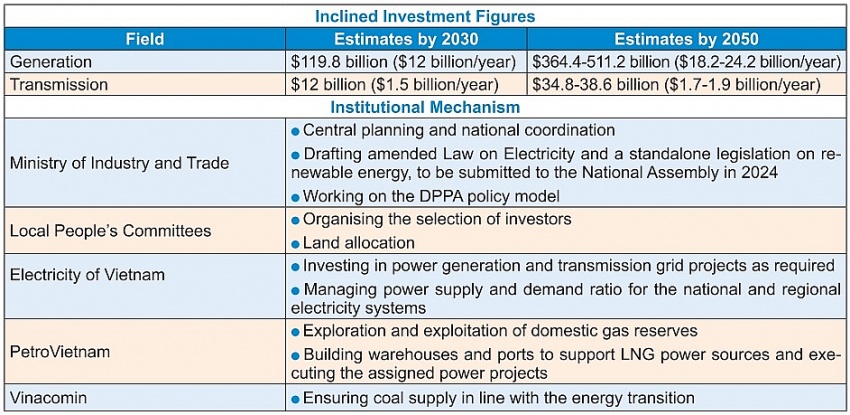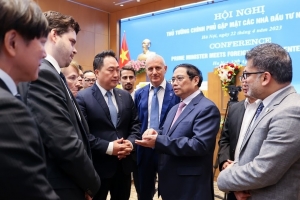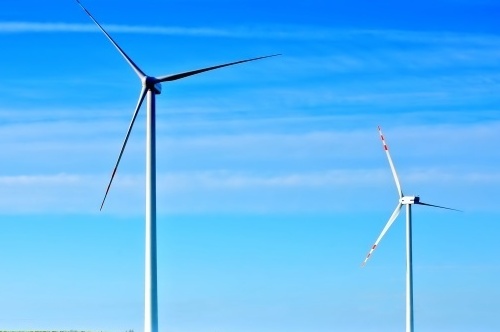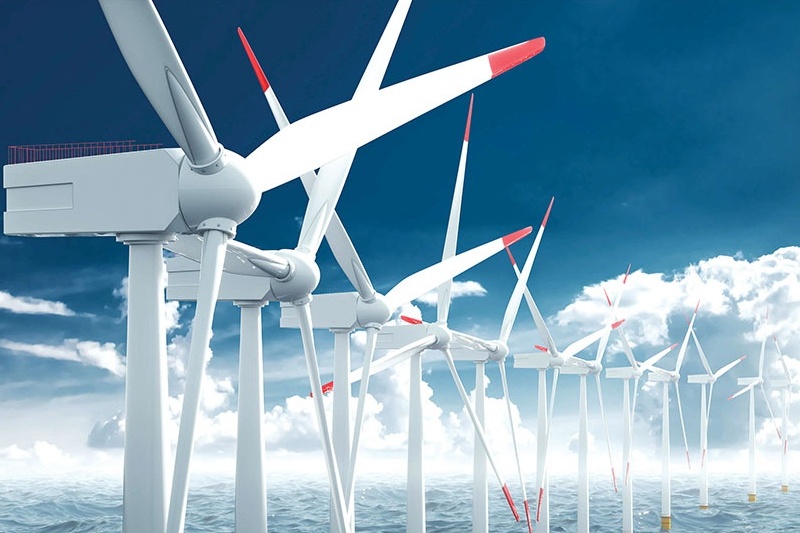A well-planned greener transition through PDP8
To optimise the power sources, transmission, distribution, efficiency, and pricing with sectoral planning, a reasonable import of power and fuel can support socioeconomic development with a self-reliant green transition coupled with international integration.
 |
| Vaibhav Saxena - Lawyer, Vilaf |
Further integration of the local industry will also realise the aim of Industry 4.0 through modernising and digitalising the power systems and network by using more smart technologies.
Special emphasis is given to promoting renewable energy sources such as wind, solar, and hydro. Solar projects with planning inclusions are to be implemented in accordance with the Power Development Plan VIII (PDP8). Planned solar projects with no investors are to be halted until 2030, unless such projects are deployed off-grid.
International commitments, green/climate funds, bonds, and credit sources are given importance to ensure a sustainable and green energy transition for Vietnam; while public-private partnerships as well as independent power producer models are encouraged with an integrated role of state-owned enterprises.
Approved and under construction coal-fired plants are to proceed with a possible greener fuel (biomass, ammonia) conversion, spanning over 20 years and foreseeing decommission of such plants over 40 years of age if no fuel conversion seems possible.
In addition to the domestic planning, on one hand, the PDP8 outreaches the international sphere for Vietnam to become a renewable energy hub for Southeast Asia in the near future by supporting development of renewable energy involved in production of hydrogen, ammonia, uncapped export of power, and new energy sources production.
 |
On the other hand, the plan stresses the import of electricity from ASEAN and the Greater Mekong Sub-Region.
By 2030, total generation capacity (excluding export, rooftop solar, and new energy from renewable energy) is to be 150,489MW. By 2050, total generation capacity is to be 490,529-573,129MW.
New construction of 40,000-60,000MW is planned, with capacity of high-voltage direct current (HDVC) stations and 5,200-8,300km of HVDC transmission lines.
The plan notes connecting the power grid with Laos with 500kV and 220kV transmission lines to import electricity from power plants in Laos, according to the MoU signed between the two governments.
Two renewable energy hubs are also planned to be organised to support power generation, transmission, and related business to boost investment prospects.
In terms of land, 89,900-93,360ha and 169,800-195,150ha of land area by 2030 and by 2050 respectively is foreseen to be utilised to realise the goals set out under the PDP8.
The PDP8 provides a planning base for amending the Law on Electricity and relevant regulations to support investment and import.
It also inks on development of a competitive electricity market and auction mechanism. An apex legislation is to be drafted and expected to be named as the Law on Renewable Energy.
The long awaited direct power purchase agreement policy is also being pushed to be released soon, and some amendments might be witnessed with the Law on Economical and Efficient Use of Energy.
 | Foreign-invested groups propose early implementation of PDP8 The Ministry of Industry and Trade is once again urged to complete the latest draft of Power Development Plan VIII (PDP8), which will be submitted to the prime minister for approval in May. |
 | PDP8 approval faces further delays The Ministry of Industry and Trade (MoIT) plans to develop and propose policies for implementing the new power development pilot scheme, Power Development Plan VIII (PDP8), after obtaining the prime minister's request no later than mid-May. |
 | PDP8 officially authorised: 2050 approach The objective of the Power Development Plan VIII (PDP8) is to aggressively develop renewable energy sources for electricity generation. By 2050, the proportion of renewable energy is projected to have reached 67.7-71.5 per cent. |
What the stars mean:
★ Poor ★ ★ Promising ★★★ Good ★★★★ Very good ★★★★★ Exceptional
 Tag:
Tag:
Related Contents
Latest News
More News
- Schaeffler reports strong early output from Dong Nai solar project (December 12, 2025 | 15:16)
- Forestry conference highlights biodiversity and sustainability goals (December 09, 2025 | 13:35)
- Home Credit honoured among top 10 sustainable companies in trade and services (December 09, 2025 | 12:18)
- SCG and seven member companies honoured in Top 100 Sustainable Businesses 2025 (December 08, 2025 | 09:00)
- Nestlé Vietnam pioneers sustainable development and promotes business connections (December 06, 2025 | 12:09)
- CSI 2025 highlights rise of Vietnam’s green champions (December 06, 2025 | 09:00)
- Acecook Vietnam named among top 100 sustainable businesses (December 06, 2025 | 08:00)
- Vietnam’s forest carbon credits draw global interest (December 05, 2025 | 17:41)
- Coro Energy to launch BESS Pilot in Vietnam (December 04, 2025 | 15:12)
- Vietnam strengthens energy storage pathway (December 04, 2025 | 15:05)
























 Mobile Version
Mobile Version